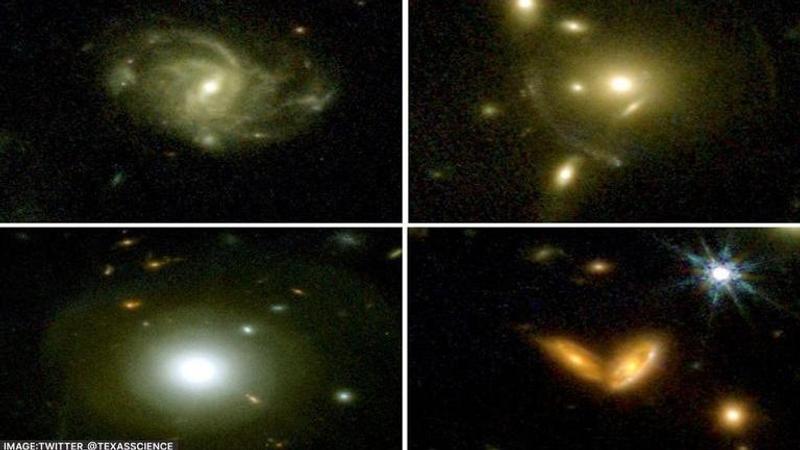Published 19:48 IST, March 12th 2023
James Webb Space Telescope captures 15,000 more galaxies in its first snapshot
In an interesting layout, the James Webb Space Telescope has captured 15,000 more galaxies in what scientists call its first-ever snapshot.

In an interesting layout, the James Webb Space Telescope has captured 15,000 more galaxies in what scientists call its first-ever snapshot. Notably, the image captured by the new preeminent observatory in the sky saw around 25,000 galaxies in that single click, surpassing the nearly 10,000 shown in the Hubble Space Telescope's Ultra Deep Field Survey conducted two decades ago.
Scientists have claimed that the new space telescope represents just four percent of the information that they will find from the new space pie by the time it's completed next year. Caitlin Casey, who is co-leading the investigation at the University of Texas at Austin, said, "When it is finished, this deep field will be astoundingly large and overwhelmingly beautiful."
James Webb Space Telescope captures 15,000 more galaxies in its first snapshot
Earlier, before the Webb became operational in July 2022, NASA scientists, the European Space Agency, and the Canadian Space Agency promised that the scope would go deeper into space than humans had ever gone before. In space science, divulging deeper requires observation of the past because light and other forms of radiation take longer to reach us. To obtain a deep field image, scientists are required to drill deep into the earth to take a core sample. Although it's a narrow view, it reveals the layers of history by cutting across billions of light-years. "When it is finished, this deep field will be astoundingly large and overwhelmingly beautiful," Casey said.
The Webb Telescope is a space telescope currently conducting infrared astronomy, and it is the largest optical telescope in space. It is equipped with high-resolution and high-sensitivity tools that allow it to view objects that are too old, distant, or faint for the Hubble Space Telescope. "The initial goal for this mission was to see the first stars and galaxies," said Eric Smith, Webb's program scientist, last year. "Not the first light of the universe, but to watch the universe turn the lights on for the first time."
Experts who were doing the new survey work, called COSMOS-Web, released mosaic images that were captured in January by Webb's near-infrared camera and mid-infrared instrument. The picture from COSMOS-Web shows a rich variety of structures, teeming with spiral galaxies, gravitational lensing, and galaxy mergers. Moreover, hundreds of galaxies were now getting classified under different characteristics after being shown in more detail by Webb. According to scientists, the objective of the survey is to learn more about the so-called Reizonization Era, which happened about 200,000 to 1 billion years after the Big Bang. Through this research, they will seek to find out about galaxies from the first 2 billion years and study the evolution of dark matter and how invisible space material is suspected to exist throughout the universe.
Image: Twitter/@TexasScience
Updated 19:48 IST, March 12th 2023



